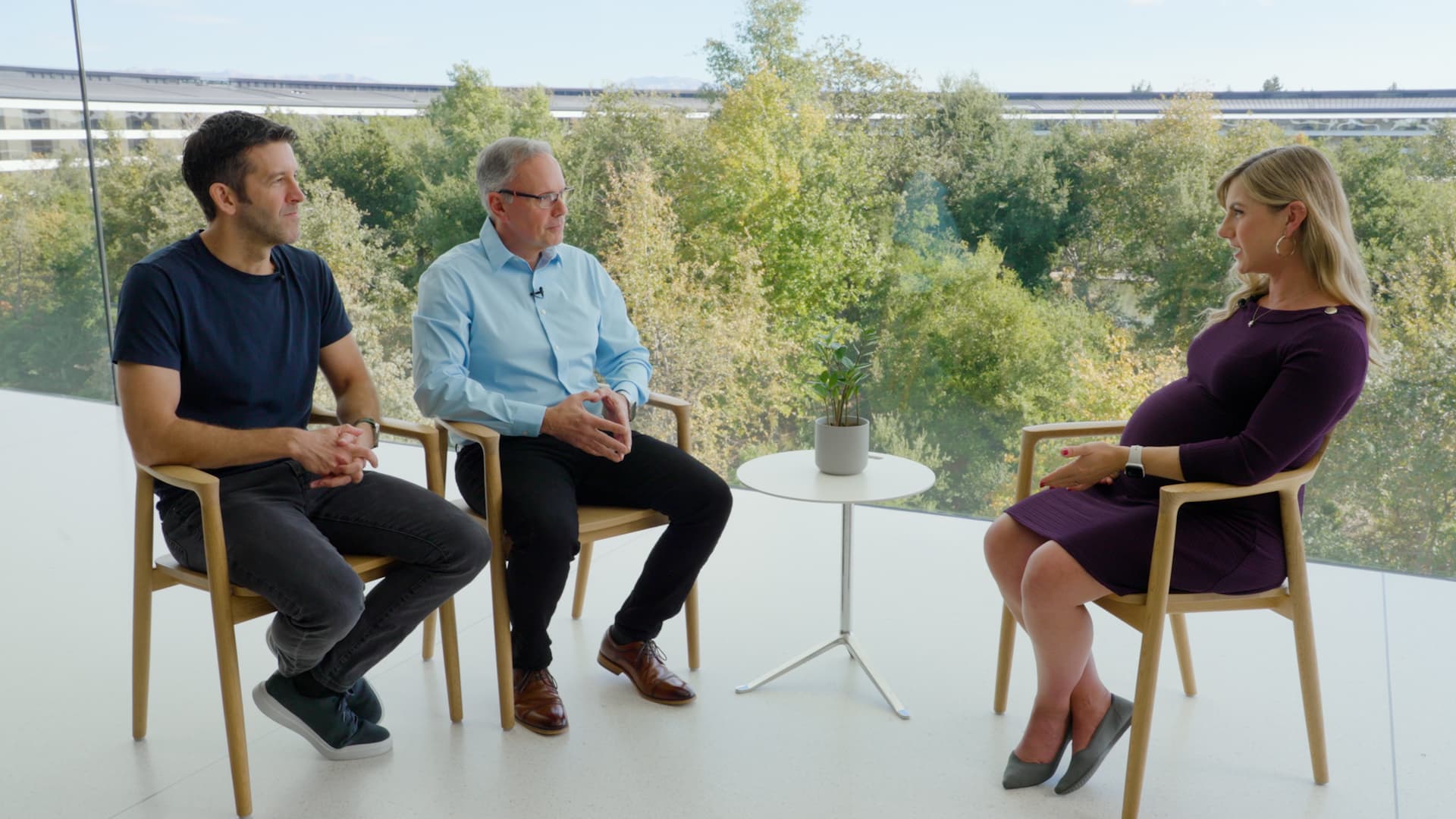Here comes the ‘good news is bad news’ jobs report: Morning Brief
This article first appeared in the Morning Brief. Get the Morning Brief sent directly to your inbox every Monday to Friday by 6:30 a.m. ET. Subscribe
Friday, June 3, 2022
Today’s newsletter is by Myles Udland, senior markets editor at Yahoo Finance. Follow him on Twitter @MylesUdland and on LinkedIn.
The May jobs report will drop in a few hours — or will have dropped a few hours ago, depending on when you check your inbox — and investors will be watching closely.
But this report is also likely to usher in an updated version of some of the most convoluted market analysis that investors accept as normal — is “good news bad news” is “bad news good news” or is “good news good news”?
And although this framework sounds, in many ways, too clever by half, asking if “good news is bad news” is just another way to get at the question posed to investors by all jobs reports: What does this data mean for the Fed?
“Good news” in the case of the May jobs report would be another month of job gains rising more than expected by economists, wage growth remaining robust, and the unemployment rate falling further.
Data from Bloomberg show economists expect there were 323,000 jobs created last month with the unemployment rate expected to fall to 3.5%.
So there’s your bogey on a report that counts as “good” or not.
But why would a “good” report be “bad news” for the market? Because another strong jobs report would likely keep the Fed’s future plans intact. And what’s more, a report that’s better than merely good could prompt the Fed to be even more aggressive in the coming months.
All of which means the table is set for a full summer of conversation about what economic data constitutes good news or bad news for investors.
The simplest way to describe the Fed’s policy stance right now is “tightening” — the central bank is raising the cost to borrow money in an effort to slow inflation. For financial assets like stocks and bonds, these tightening cycles are challenging. Just look at the stock market so far this year.
To tighten policy, the Federal Reserve is raising interest rates and beginning so-called “quantitative tightening,” which will see the Fed’s balance sheet shrink over time as some holdings mature.
And while inflation has many causes, part of what’s driving higher prices is a stronger labor market. By tightening financial conditions, Fed officials hope, in part, to slow the labor market.
In recent months, robust demand for labor from businesses has enabled more workers to command higher pay, and higher pay means more spending power for consumers. And more spending power has, in turn, meant upward pressure on prices, which has pushed the Fed to embark on aggressive moves to raise interest rates. Good news turning into bad.
Asked at a press conference last month whether the Fed believes it can slow hiring without tipping the economy into recession, Fed Chair Jay Powell said, “There’s a path.”
Powell added, among other things, that a measure he’d like to see moderate is the number of open jobs per unemployed worker; data out earlier this week showed a decline in the number of open jobs at the end of the April.
This need to slow the labor market was also echoed by President Joe Biden earlier this week. In an op-ed published in the Wall Street Journal on Tuesday, Biden wrote that if hiring slowed to 150,000 jobs per month from the current pace of 500,000 new jobs each month, “it will be a sign that we are successfully moving into the next phase of recovery — as this kind of job growth is consistent with a low unemployment rate and a healthy economy.”
Or, said differently, a return to an economy where good news for workers can be good news for investors.
What to Watch Today
Economy
-
8:30 a.m. ET: Change in Nonfarm Payrolls, May (323,000 expected, 428,000 during prior month)
-
8:30 a.m. ET: Change in Private Payrolls, May (302,000 expected, 406,000 during prior month)
-
8:30 a.m. ET: Change in Manufacturing Payrolls, May (39,000 expected, 55,000 during prior month)
-
8:30 a.m. ET: Unemployment Rate, May (3.5% expected, 3.6% during prior month)
-
8:30 a.m. ET: Average Hourly Earnings, month-over-month, May (0.4% expected, 0.3% during prior month)
-
8:30 a.m. ET: Average Hourly Earnings, year-over-year, May (5.2% expected, 5.5% prior month)
-
8:30 a.m. ET: Average Weekly Hours All Employees, May (34.6 expected, 34.6 during prior month)
-
8:30 a.m. ET: Labor Force Participation Rate, May (62.3% expected, 62.2% during prior month)
-
8:30 a.m. ET: Underemployment Rate, May (7.0% prior month)
-
9:45 a.m. ET: S&P Global Manufacturing PMI, May final (53.5 expected, 53.5 during prior month)
-
9:45 a.m. ET: S&P Global U.S. Composite PMI, May final (53.8 expected, 53.8 during prior month)
-
10:00 a.m. ET: ISM Services Index, May (56.5 expected, 57.1 during prior month)
Earnings
Pre-market
Post-market
Yahoo Finance Highlights
—
Read the latest financial and business news from Yahoo Finance
Follow Yahoo Finance on Twitter, Instagram, YouTube, Facebook, Flipboard, and LinkedIn




